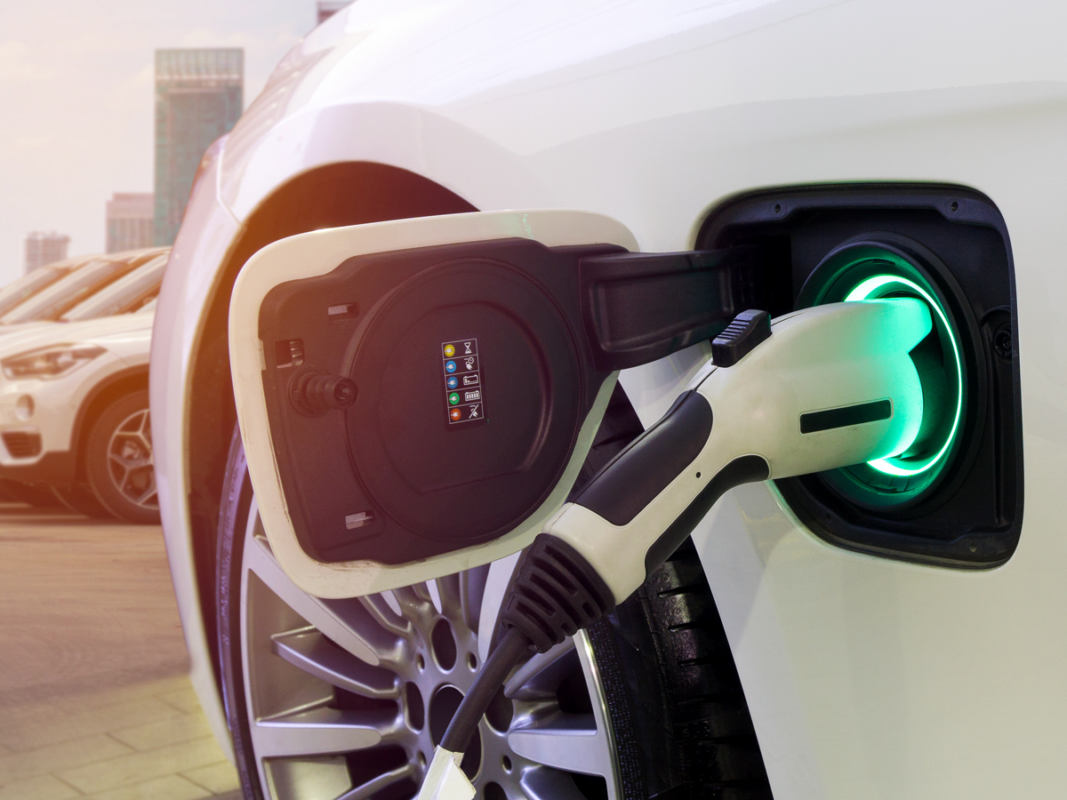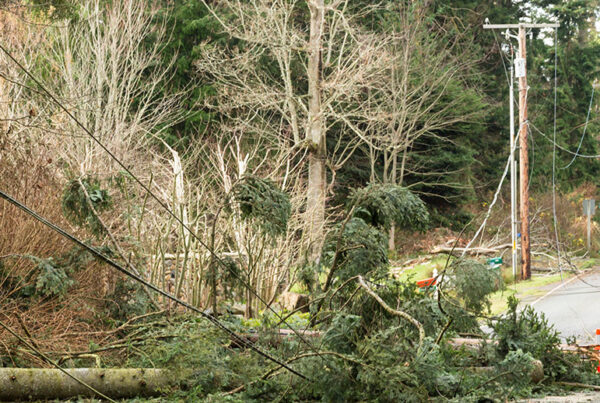
Instead of filling up gasoline- and diesel-powered cars, more U.S. drivers are opting to plug in electric vehicles (EVs).
According to the International Energy Agency, more than 10 million EVs are in use globally, which represents 1% of the world’s total car stock. In 2020, electric car sales reached a record 3 million vehicles, up 40% from 2019. Over the next 10 years, it’s estimated that 60% of new car sales will be for EVs.
EV adoption has been steadily increasing due to consumer interest in environmentally friendly vehicles, tax incentives, fuel economy standards, lower maintenance and fuel costs, a larger range of more affordable vehicles, and the increasing availability of charging infrastructure. To support and manage increased EV charging on the grid, utilities must invest in both electric transmission and distribution systems. And although demand will initially place the largest burden on distribution circuits and substations, utilities will need to upgrade transmission systems as EV adoption increases.
How Prepared is Our Nation’s Grid for Widespread EV Use?
More EVs on the road will require a more robust national charging infrastructure and increased capacity from the electric grid. This is especially true now that the Infrastructure Investment and Jobs Act has set aside $5 billion over the next five years for building alternative fuel corridors. These corridors require charging stations to be available every 50 miles, no more than one mile from a highway exit, and with a minimum of 150 kilowatts of power output-per-charger and 600kW of available charging per site.As EV numbers ramp up, utilities and power generators must plan ahead to meet the impact of the electric grid. It’s no longer okay to take a wait-and-see approach. The future cost of inaction could be pricey for utility providers who do nothing now, and risk getting left behind.
Meeting decarbonization goals and addressing increasing consumer demands within an uncertain market environment is challenging for any industry. But now is the time for electric utilities to comprehensively evaluate existing and future operations in order to develop the right strategies for long-term reliability and redundancy. For example, if load is expected to increase by 50%, utilities can plan activities with an eye toward future usage. If load is expected to double — which can happen at between 20% to 40% EV adoption levels in an area — plans would call for more aggressive grid-boosting activities, such as building additional substations and performing system voltage conversions to 25-kV or 35-kV systems.
What Does Proper Grid Planning Look Like?
Vehicles that will impact utility operations the most are light-duty-battery electric vehicles because of the volume of these vehicles and the ability to charge at home, as well as the workplace, retail locations and charging stations elsewhere. Grid investments could run into the billions of dollars, so incorporating EV-related spend into the regular capital expenditure cycle can help spread costs over time for both utilities and consumers.
It is important to remember that data is king and good analytics can make all the difference when it comes to making a smooth electrification transition. By combining location-based EV forecasts, demographics, psychographics and geospatial information, utilities can assess EV impacts to individual points along a distribution feeder or at the ZIP code level. Grid modeling software uses data in the following ways:
- Travel patterns and metering data: Help pinpoint where EV traffic is heaviest and lightest and aid in the understanding of load patterns.
- Vehicle registrations: Examine details about all vehicles in operation in a given area, helping to identify EV adoption and driver trends.
- Demographics and psychographics: Analyze age, income and other factors such as how people behave. These factors can help answer questions such as, “Are people climate-conscious?” or, “Do they prefer big trucks or small cars?”
- Geospatial data: Identify locations of transformers, conductors, circuits, and transmission and distribution lines.
With this information in hand, utilities can begin their planning by developing a road map that divides areas into those that require minimal or no grid upgrades and those that need substantial upgrades.
How Should Utilities Power Forward?
In addition to making system upgrades, shaping consumer behavior will play a key role in the effect of EVs on the grid. To mitigate the impact, utilities can employ new technologies and strategies in order to encourage charging during off-peak hours while discouraging it in limited-capacity sections of the grid. Tactics can include time-of-use rates, demand response programs, and rolling charging schedules for homes and businesses.
An electric utility’s ability to predict, plan and react to changing conditions is tied to the company’s ability to use data as a valuable resource. Operational data platforms and supporting analytics tools are needed to support decision-making processes. These platforms enable the use of multiple operational data sources — such as smart meters, circuit loads, outages, operations, budgeting and asset health — for EV planning and other use cases.
The impacts of shifting to EVs will reverberate across society for years to come. An experienced design-build partner can steer a utility in the right direction by assisting with the planning and development of critical infrastructure that strengthens the grid as we move into the impending electrification age.
Josh Loyd is a consultant in grid modernization and distribution planning at 1898 & Co., part of Burns & McDonnell. He works with utility clients to help understand and address the evolving needs of the grid.















